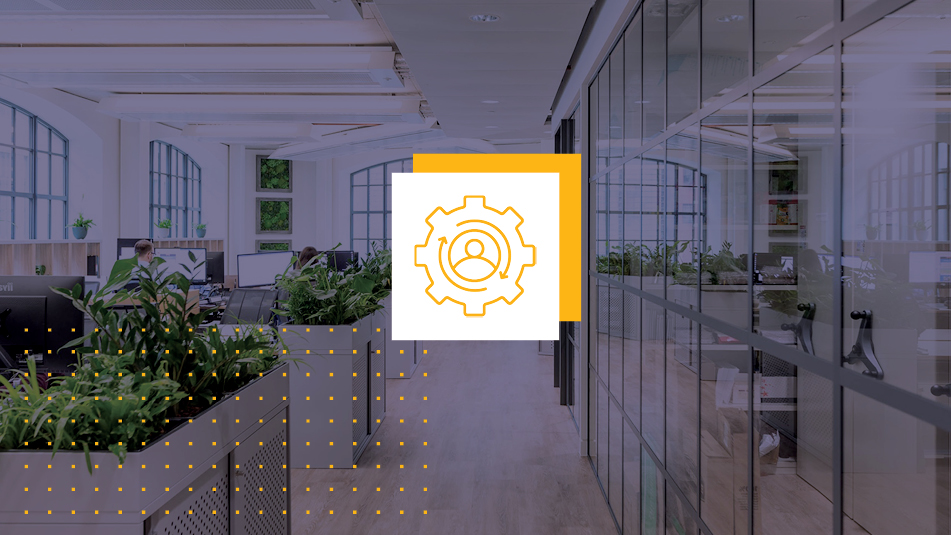The 5 most important features of an ‘agile’ workspace
Organizations need to be flexible in order to meet the challenges of today’s rapidly changing world, and so do their workspaces.
Technology has allowed work to become more flexible than ever before, but has also led to a business environment defined by disruption. Employees need to remain nimble in the face of these challenges, but can only do so when they’re able to fully enjoy the flexible, untethered freedom of the mobile age.
Agile workspaces offer the flexibility to adjust your workspace to real-time business needs, allowing organizations to optimize their space around the type of work that needs to get done in the moment.
In traditional, rigid workplaces there is often little room for creative collaboration, spontaneous interaction or flexibility. An agile workspace, by contrast, supports a range of tasks that fall within and beyond daily routines. They also encourage more chance encounters, which have been proven to deliver positive business results.
“An Agile workplace is about creating different working areas within the office that ensures your staff have the complete freedom and flexibility to work where and when they want,” explains Michael Wasyliw, Cresa’s principal of project management and design.
Here are the five most important features of an agile workspace.
1. Open Office Plan
Despite the well documented drawbacks of an open office plan, it provides a foundation on which more flexibility can be built. After all, it’s hard to tear down the walls of a corner office to accommodate a sudden business need. When designed properly, open offices help facilitate informal communication, organic interaction and greater engagement. They also allow for easy reconfiguration, encouraging occupants to rearrange seating areas and desks as necessary.
2. Quiet spaces
While the open office plan is a necessity for agile workspaces, they tend to breed a lot of additional noise and distractions. That’s a big problem for employees who need to put their head down and push through their work, which is why quiet spaces are some important. Providing quiet or even soundproofed stalls for individual work offers employees a respite from the open office plan, whether it’s to take a call or focus on tackling a difficult task on their own.
3. Breakout areas
In an open office that encourages spontaneous conversations, it’s important to provide designated spaces for those interactions to play out without interrupting those trying to get their work done. That’s where breakout areas come into play. Often designed to optimize comfort and collaboration, they offer a more relaxed and intimate environment than traditional conference rooms, providing space for organic interaction out of the way of those working in the open office space.
4. Flexible furniture
Agility requires flexibility, but workspaces can only be as flexible as their equipment allows. Instead of large, unmovable furniture, agile workspaces require furniture that can be arranged as needed. For example, desk clusters should be able to seamlessly add or remove seats as team sizes change. Office equipment should be similarly flexible, so that anybody can easily pick up their work and move it across the room or across the world at any time.
5. Resource stations
Office equipment and resources that can’t be moved around as easily should be grouped together, offering staff a one-stop shop for anything they can’t find at their desks. That might include water and coffee stations, printers and fax machines as well as any other large equipment that can’t be easily picked up and moved around. Just remember to keep the resource station somewhere that is easily accessible to all without being too distracting to those working closest to it.
The ways in which work gets done are changing rapidly, and so are the needs of workers. Providing more space for organic conversation, workstations that meet the needs of a range of personality types and a more open aesthetic can go a long way in improving the output of the organization as a whole. Using these principals one can design an office experience that’s as flexible, nimble and adaptable as the people who work within it.



